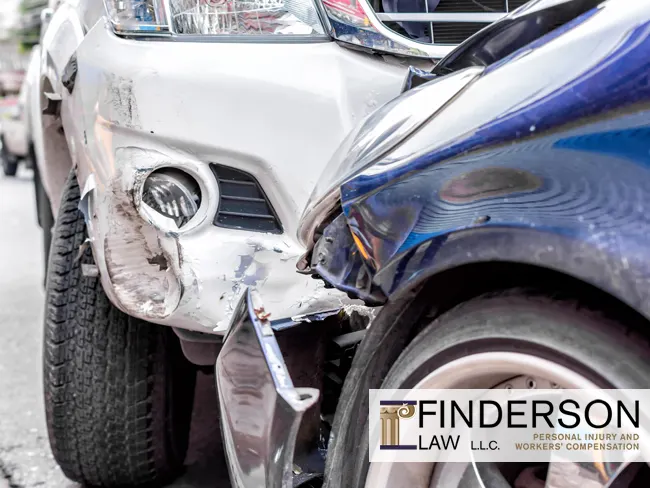
Personal injury fault in Indiana, like most of the United States, is determined based on the principles of negligence. Negligence is a legal concept that determines whether someone’s actions (or inactions) led to an injury to another person.
In Indiana, when someone is injured due to the negligence of another party, they may have a legal claim for compensation. Here’s how personal injury fault works in Indiana:
- Duty of care. The first element in a personal injury case in Indiana is establishing that the defendant (the person or entity being sued) owed the injured party a duty of care. This duty of care is a legal obligation to act reasonably and avoid causing harm to others. For example, drivers have a duty to operate their vehicles safely and obey traffic laws.
- Breach of duty. The injured party (plaintiff) must demonstrate that the defendant breached their duty of care by failing to act reasonably. This breach of duty could involve actions such as reckless driving, failing to maintain property in a safe condition, or not following safety regulations.
- Damages. To have a valid personal injury claim, the plaintiff must have suffered actual damages. Damages can include medical expenses, property damage, lost wages, pain and suffering, and other losses directly related to the injury.
What is causation?
The plaintiff must prove that the defendant’s breach of duty was the direct cause of their injuries. This means that the injuries would not have occurred if not for the defendant’s negligent actions. Causation, though not a technical element of a tort claim, connects the breach of duty to damages.
This is why we colloquially call it “the bridge of causation.” Without causation, damages will sit alone on an island. We need that bridge to connect the damages to the negligence of the defendant.
What is comparative fault?
Indiana follows a modified comparative fault system. This means that if the plaintiff is found to be partially responsible for the accident, their compensation may be reduced in proportion to their degree of fault.
However, if the plaintiff is determined to be more than 50% at fault for the accident, they may not recover any damages from the other party.
Comparative Fault in Florida Personal Injury Claim
In Florida, the personal injury scene is massive. But there isn’t a general understanding of how the fault system works. The system is based on negligence principles, similar to the rest of the country, but it operates differently.
What about the statute of limitations?
Indiana has a statute of limitations that restricts the amount of time you have to file a personal injury lawsuit. In Indiana, you generally have 2 years from the date of the injury to file a lawsuit. Failure to file within this time frame can result in your case being dismissed.
Curious about your personal injury claim?
Finderson Law LLC offers free consultations to discuss your case. Give our firm a call at (260) 420-8600, use the chat box on our website, or text us using the website link! We are always here to help bring our clients comfort, hope, and ease when it comes to the complications of law.




 744 E Till Rd, Suite 102
744 E Till Rd, Suite 102

